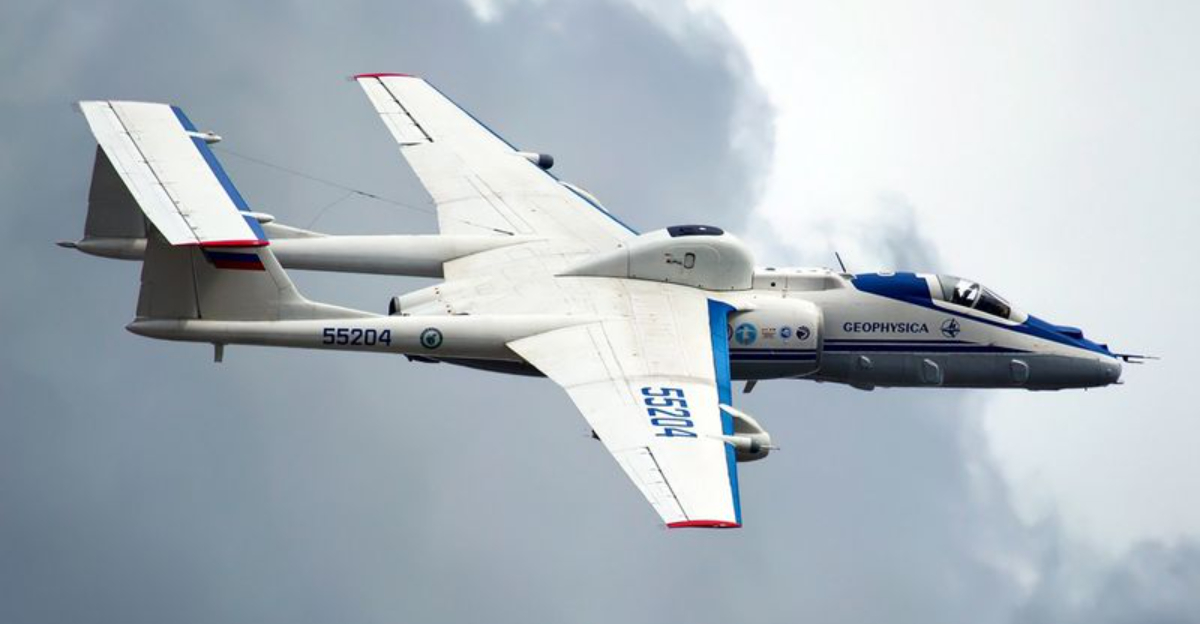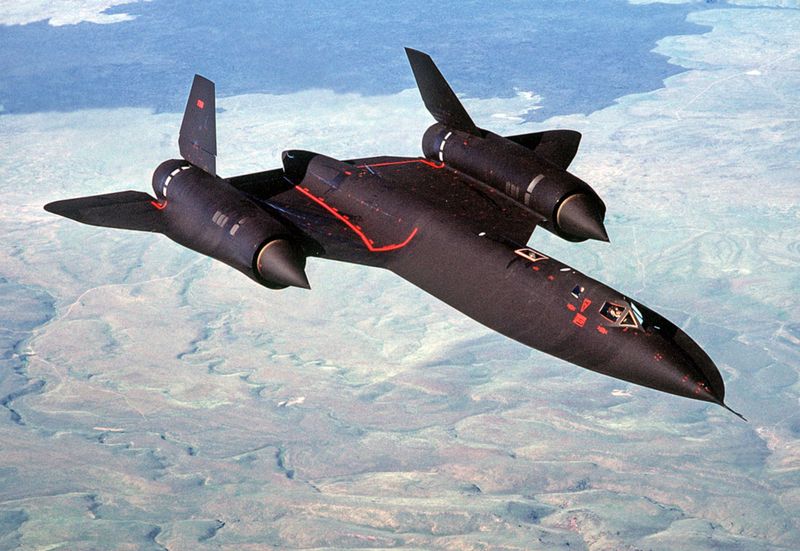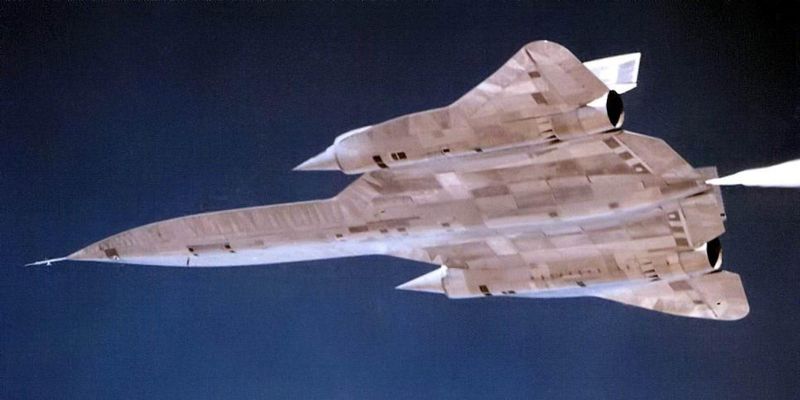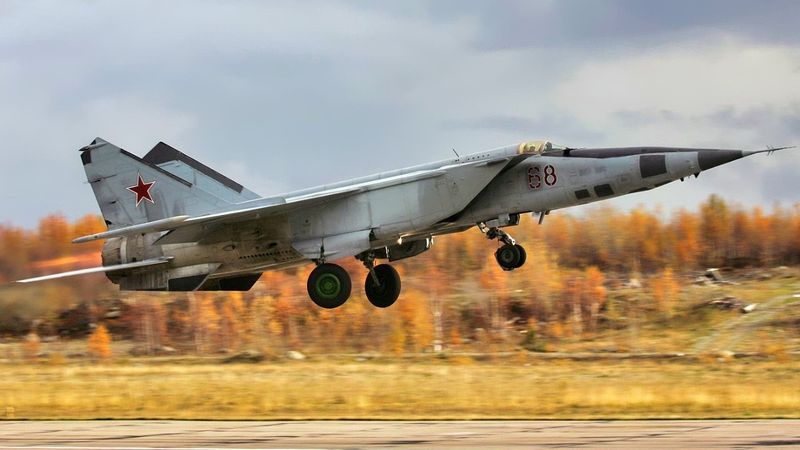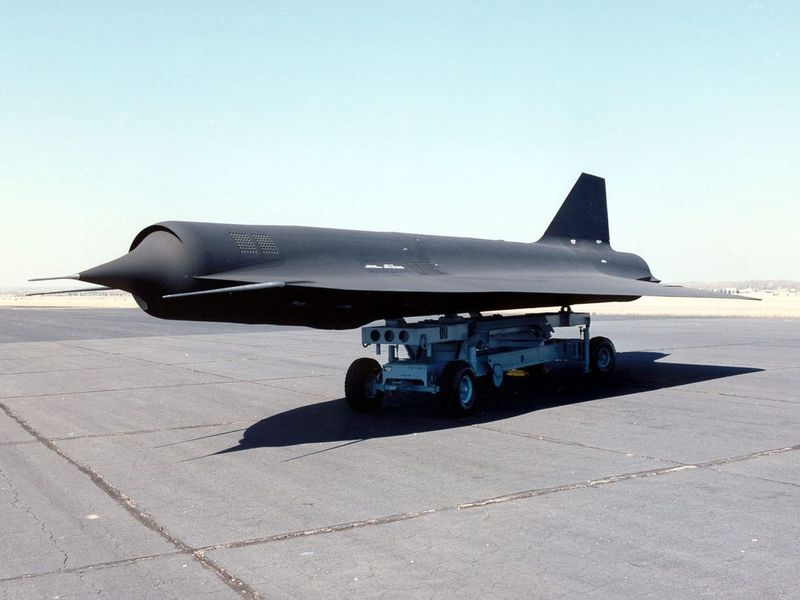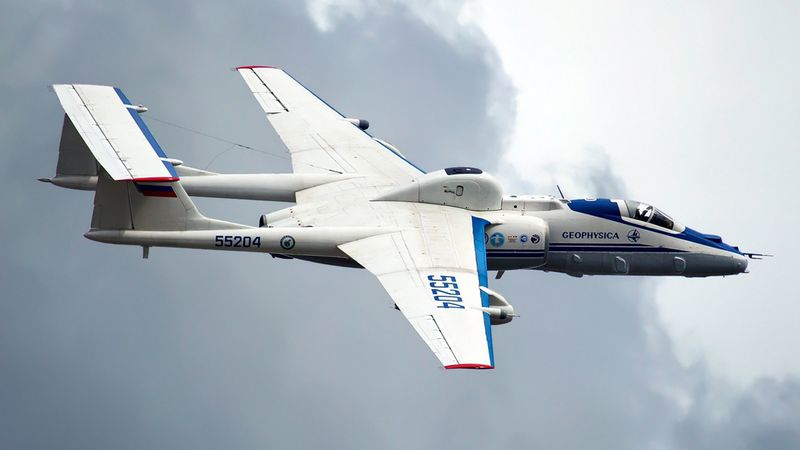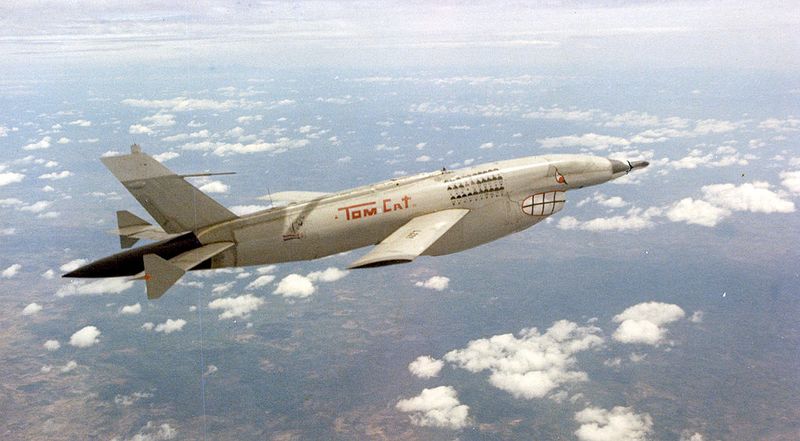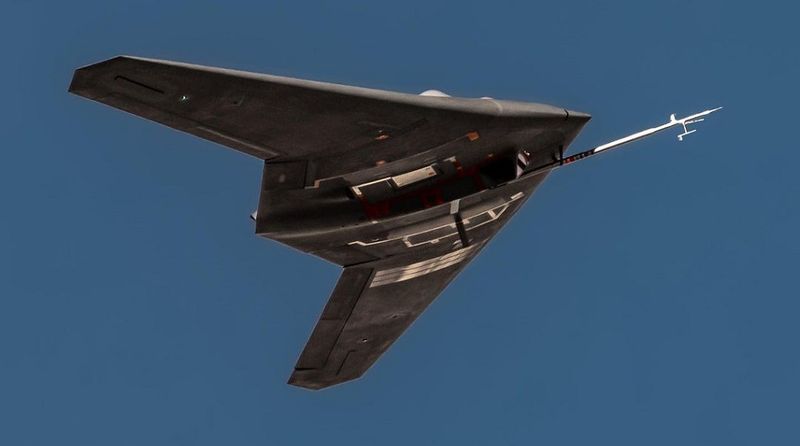Spy planes have always been at the forefront of technological innovation, acting as silent observers in the sky. They have played crucial roles in intelligence gathering, often altering the course of history. From high-speed jets to stealthy drones, each aircraft on this list has its own unique story. These planes have pushed the boundaries of engineering, espionage, and strategy, making them legendary in the world of aviation.
1. Lockheed SR-71 Blackbird
With its ability to fly over 85,000 feet and speeds beyond Mach 3.3, it could outpace missiles. Known as “The Sled,” it was an engineering marvel of its time.
This jet could leak fuel on the ground due to the heat expansion at high speed, sealing its tanks mid-air. Despite over 4,000 attempts, no missile ever caught this bird.
Operated during the Cold War, its stealth design and advanced cameras made it nearly invincible.
2. U-2 Dragon Lady
With the elegance of a sailplane, the U-2 Dragon Lady soared into the stratosphere. First flying in 1955, it remains a symbol of Cold War espionage. Its high-altitude capabilities provided crucial intelligence during tense global moments.
The shootdown of Gary Powers in 1960 marked a significant Cold War event. Despite this, the U-2 continued to serve, now as the upgraded U-2S, adapting to modern needs.
Its ability to glide if engines fail showcases its unique design and resilience, allowing it to perform missions that others could not.
3. Lockheed A-12 Oxcart
Before the SR-71, there was the A-12 Oxcart, a pioneer in stealth technology. This secret CIA project took flight in 1962, quickly setting records with its Mach 3.1 speed. Its radar-absorbing materials made it nearly invisible.
Operating covertly over North Vietnam and China, the A-12 was a silent observer in turbulent skies.
Only 13 were built, each serving a critical role before retirement in 1968. As the precursor to the SR-71, it set the stage for future advancements in spy plane technology.
4. MiG-25R “Foxbat”
The MiG-25R Foxbat, a formidable Soviet aircraft, took to the skies in 1964. Originally an interceptor, it evolved into a reconnaissance marvel. Known for its incredible speed of Mach 2.8, it could rival Western counterparts.
In 1976, Viktor Belenko’s defection revealed its secrets to the West, creating a wave of intrigue. It could fly at 78,000+ feet, capturing vital intelligence.
The Foxbat’s role in espionage highlighted the intense rivalry of the era, solidifying its place in aviation history.
5. Northrop Grumman RQ-4 Global Hawk
With the dawn of the drone era, the RQ-4 Global Hawk emerged as a leader in surveillance. This unmanned aircraft, first flown in 1998, boasts an impressive endurance of over 32 hours.
Scanning 40,000 square miles daily, it provides real-time intelligence with satellite-like precision. Its role in Iraq, Afghanistan, and Ukraine has been pivotal.
Serving as an eye in the sky, the Global Hawk’s advanced technology allows it to gather crucial data swiftly and efficiently, proving drones as vital assets in modern warfare.
6. D-21 Drone
In the 1960s, the D-21 drone was a cutting-edge marvel. Launched from SR-71s and B-52s, it could reach speeds of Mach 3.3. Its mission was deep reconnaissance over China, but it faced challenges.
Only four missions were attempted, with none fully succeeding. One crash in the USSR inadvertently aided their stealth advancements.
Though canceled in 1971, the D-21 inspired future drone developments, leaving a legacy in high-speed, high-risk reconnaissance.
7. Boeing RC-135 Rivet Joint
The RC-135 Rivet Joint is more than an aircraft; it’s a flying intelligence hub. Introduced in 1961, this electronic intelligence aircraft has evolved with technology.
Intercepting radar, radio, and missile signals, it provides real-time data. Often flying near adversary spaces like China or Russia, it gathers critical information.
Constant upgrades ensure it remains a formidable tool in intelligence operations, proving the importance of adaptability in espionage.
8. M-17 & M-55 “Mystic”
The M-17 and M-55 “Mystic” were Soviet innovations designed to hunt spy balloons. First flown in 1982, these aircraft could reach altitudes rivaling the U-2.
Only five were built, making them rare gems in aviation history. The M-55 later transitioned to a research role, showcasing versatility.
Their ability to operate at 70,000+ feet made them invaluable for intelligence and scientific missions, demonstrating the intersection of espionage and research.
9. Ryan AQM-34 Firebee
The AQM-34 Firebee was a pioneer in drone technology during the Vietnam War. This jet-powered reconnaissance drone flew over 1,000 missions, gathering crucial data.
Some drones were shot down, while others were recovered mid-air, highlighting their risky operations.
Paving the way for modern military drones, the Firebee demonstrated the potential and challenges of unmanned reconnaissance.
10. Lockheed Martin RQ-170 Sentinel
The RQ-170 Sentinel, known as “The Beast of Kandahar,” is a modern marvel in stealth reconnaissance. First flown in 2007, it played a role in the Bin Laden raid.
In 2011, its capture by Iran sparked debates over its technology. Its design, resembling a mini-B-2 bomber, provides an ultra-low radar signature.
This classified drone represents the forefront of stealth technology, proving that even in modern times, the skies hold secrets.
